Architecture and the new world: The Brutalist reframes the American dream
Brady Corbet’s third feature film, The Brutalist, demonstrates how violence is a building block for ideology
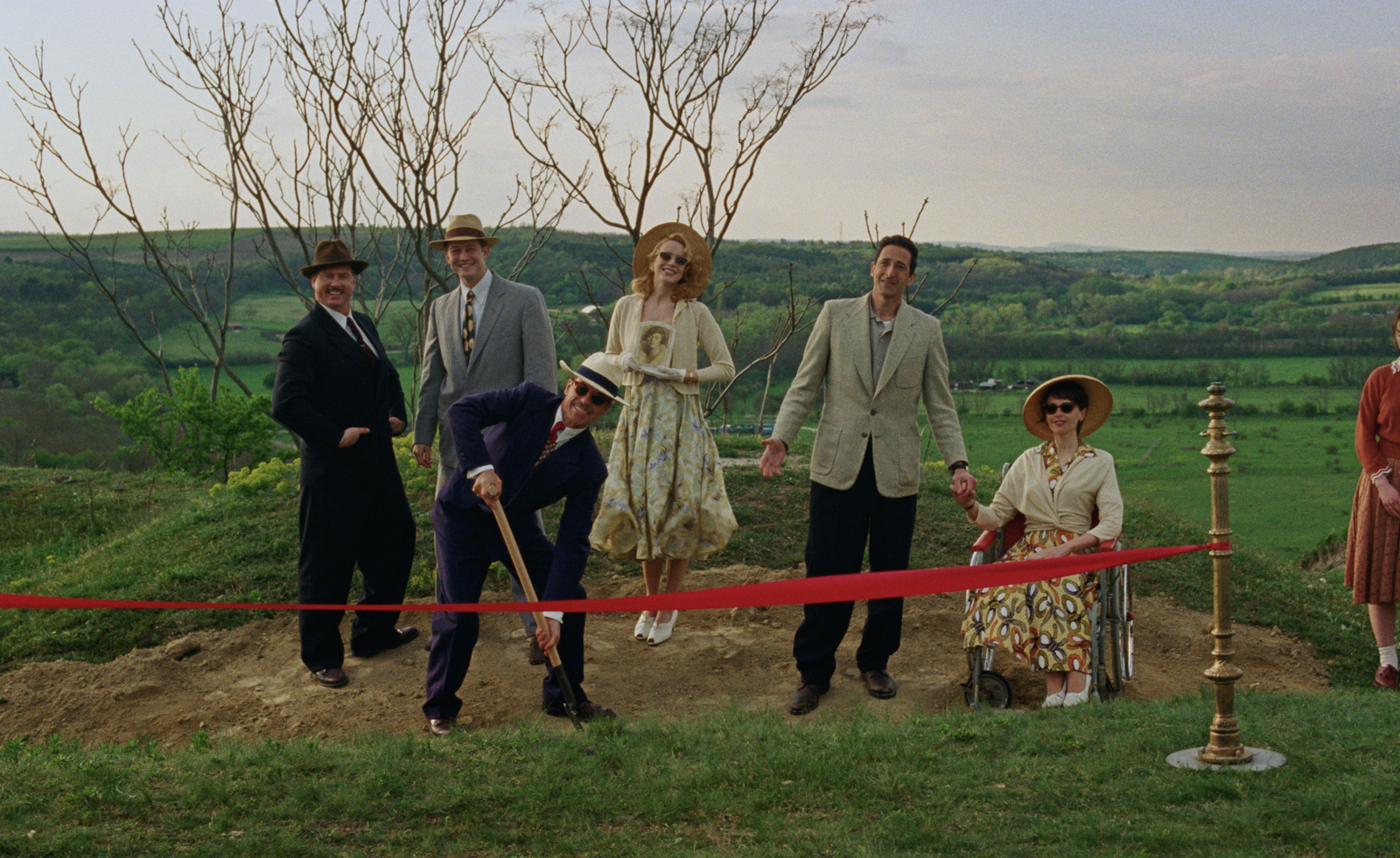
When architect László Tóth (Adrien Brody) is forced out of Hungary and escapes to Pennsylvania, he has no intention of seeking out the American dream. Dejected and alone his minimalist designs go unappreciated in the country of excess. But when an opportunistic millionaire, Harrison Lee Van Buren Sr (Guy Pearce), recognises László’s talent, the architect is quickly assigned to bring to life the rich man’s vanity project. And so begins The Brutalist, following László and his wife Erzsébet (Felicity Jones) as the couple’s life in America is built and destroyed countless times at the behest of the Van Buren family. Brady Corbet’s third feature film, redefines the American epic to demonstrate how violence is a building block for ideology.
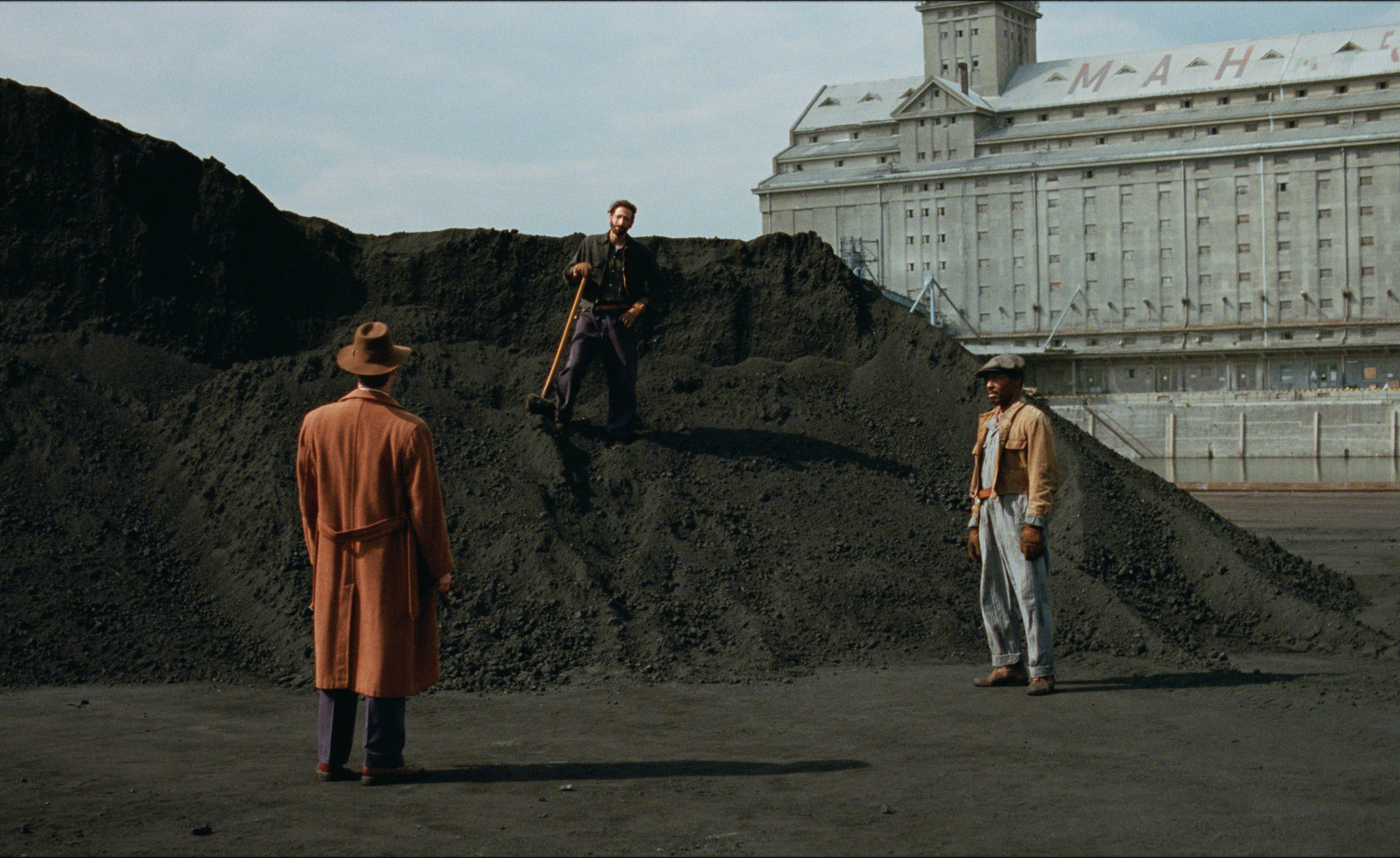
By telling an immigrant’s story through the world of architecture, the visual differences are all the more apparent. Lol Crawley’s cinematography stretches up into the stratosphere to show corporate skyscrapers of Philadelphia and the neo-colonial embellishments that accent the New York skyline. These moments are often dizzying, especially when the Statue of Liberty pierces the screen upside down, but the wonderment is scattered. America may be the beginning of the new world, but you can’t avoid the old world it came from.
László Tóth’s brutalist architecture visions stand in stark contrast to American architecture; height is more than just an egotistical flourish and decorative detailing is a superfluous affectation. In a country so eager to prove itself as an empire, the American contractor and architect that László works with cannot envision the beauty to be found in concrete or how function channelled into form has mesmerising potential.
These are the moments when The Brutalist shines brightest, as light, shadow and shape conquer the screen and leave the audience in wonder at the power of simplicity. But just as Brady Corbet demonstrated in his terrorist-infused pop drama Vox Lux, no artistic expression is beyond appropriation and even László Toth’s unshakeable structures can be co-opted for ideological purposes.
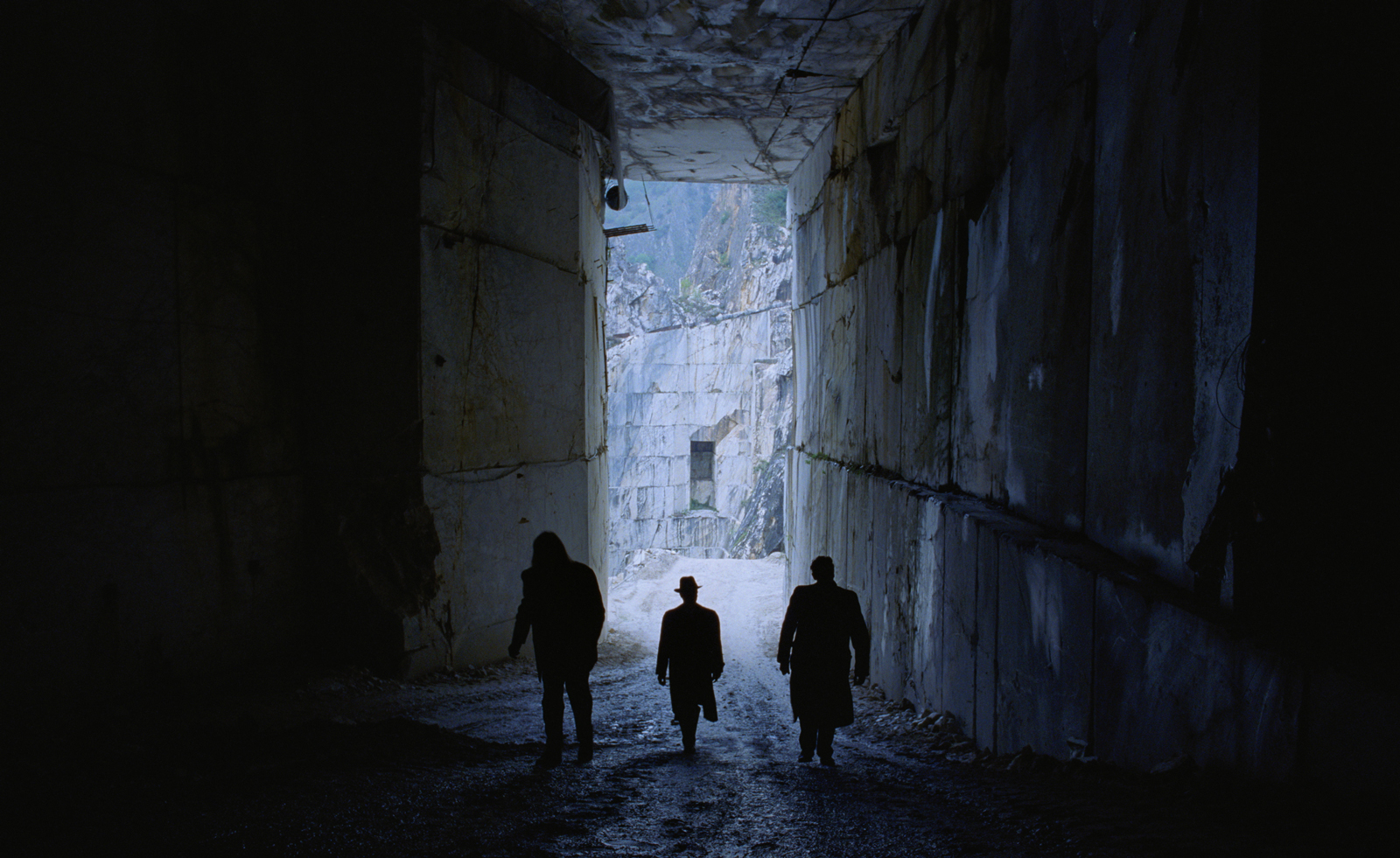
While the first half of The Brutalist lays the groundwork for László’s aesthetic and political ideology, the second half serves as a wrecking ball to everything he believes he knows about himself. As Brady Corbet and co-writer Mona Fastvold detail post-war America, we are privy to the conservatism of the United States that is presented as modernity, whether that be faux-secularism as the church funds the community building or the regular maltreatment of immigrants even as the nation prides itself on welcoming everyone.
For the Bauhaus-educated László and foreign policy journalist Erzsébet, what America has to offer seems meagre in comparison to the enlightened world they once knew, the United States offers modernity in image only.
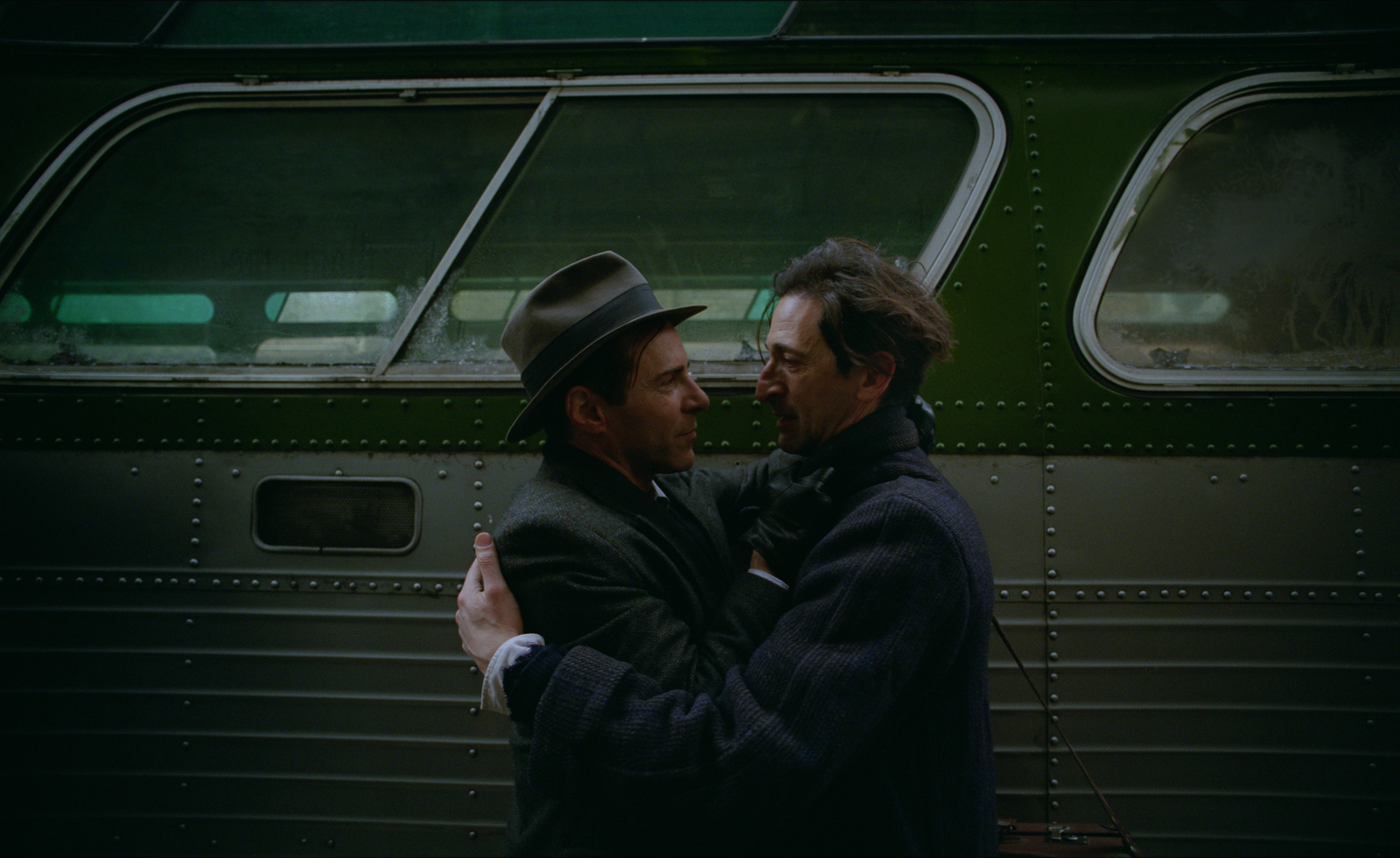
Through the world of architecture, The Brutalist presents the audience with many of the flawed ideologies of the modern world, including the creation of the state of Israel and American neoliberalism. It’s an epic that explores the reality of the immigrant experience, and through the timeless potency of brutalism, demonstrates how political ideology and nation states are often built with corruption at the foundation.
Receive our daily digest of inspiration, escapism and design stories from around the world direct to your inbox.
The Brutalist is at cinemas from January 2025
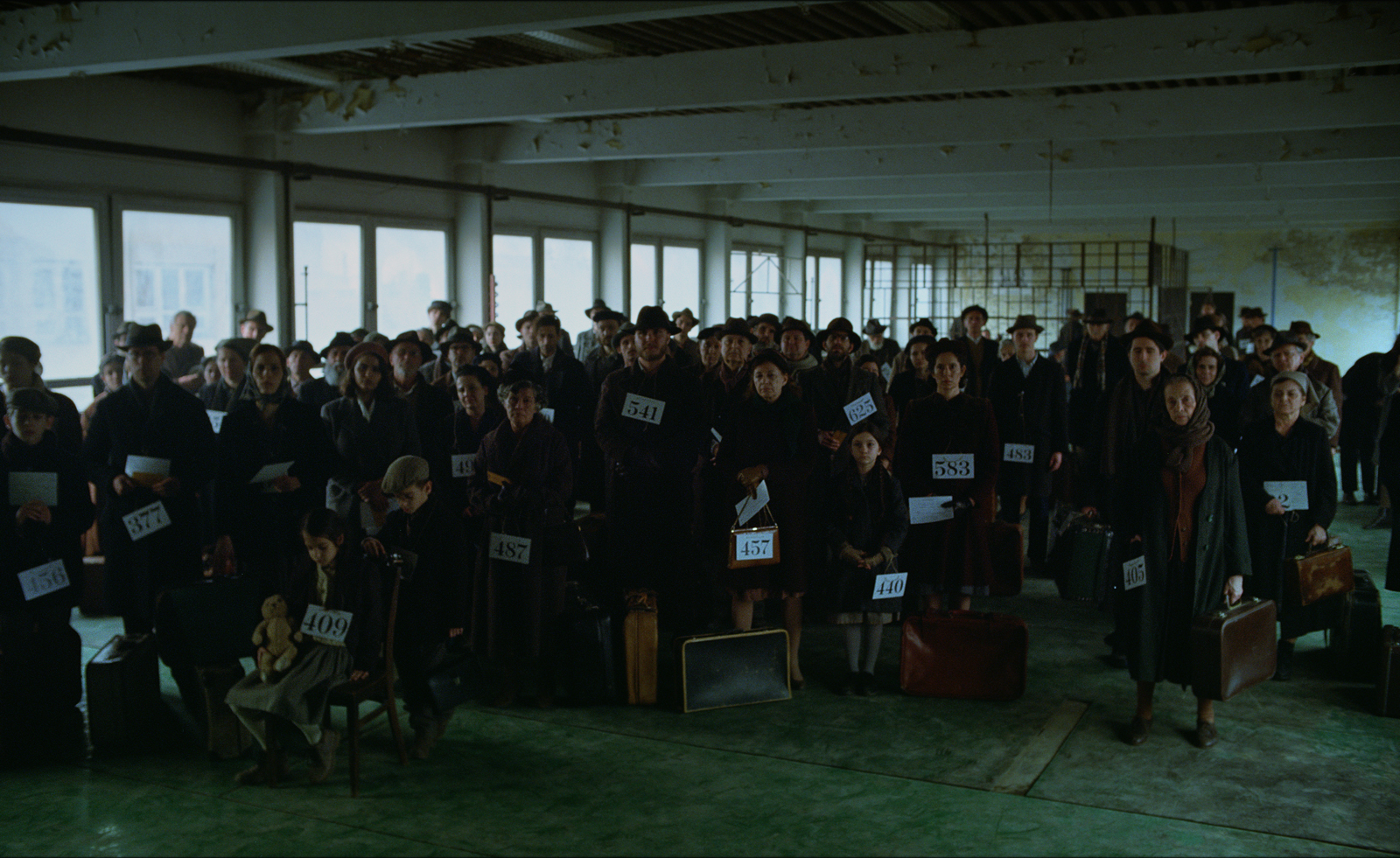
Billie is a London based culture and lifestyle writer. Her work on film, literature, internet culture and sexuality can be found in Dazed, Guardian, Little White Lies, Them and many more.
-
 Volvo’s quest for safety has resulted in this new, ultra-legible in-car typeface, Volvo Centum
Volvo’s quest for safety has resulted in this new, ultra-legible in-car typeface, Volvo CentumDalton Maag designs a new sans serif typeface for the Swedish carmaker, Volvo Centum, building on the brand’s strong safety ethos
-
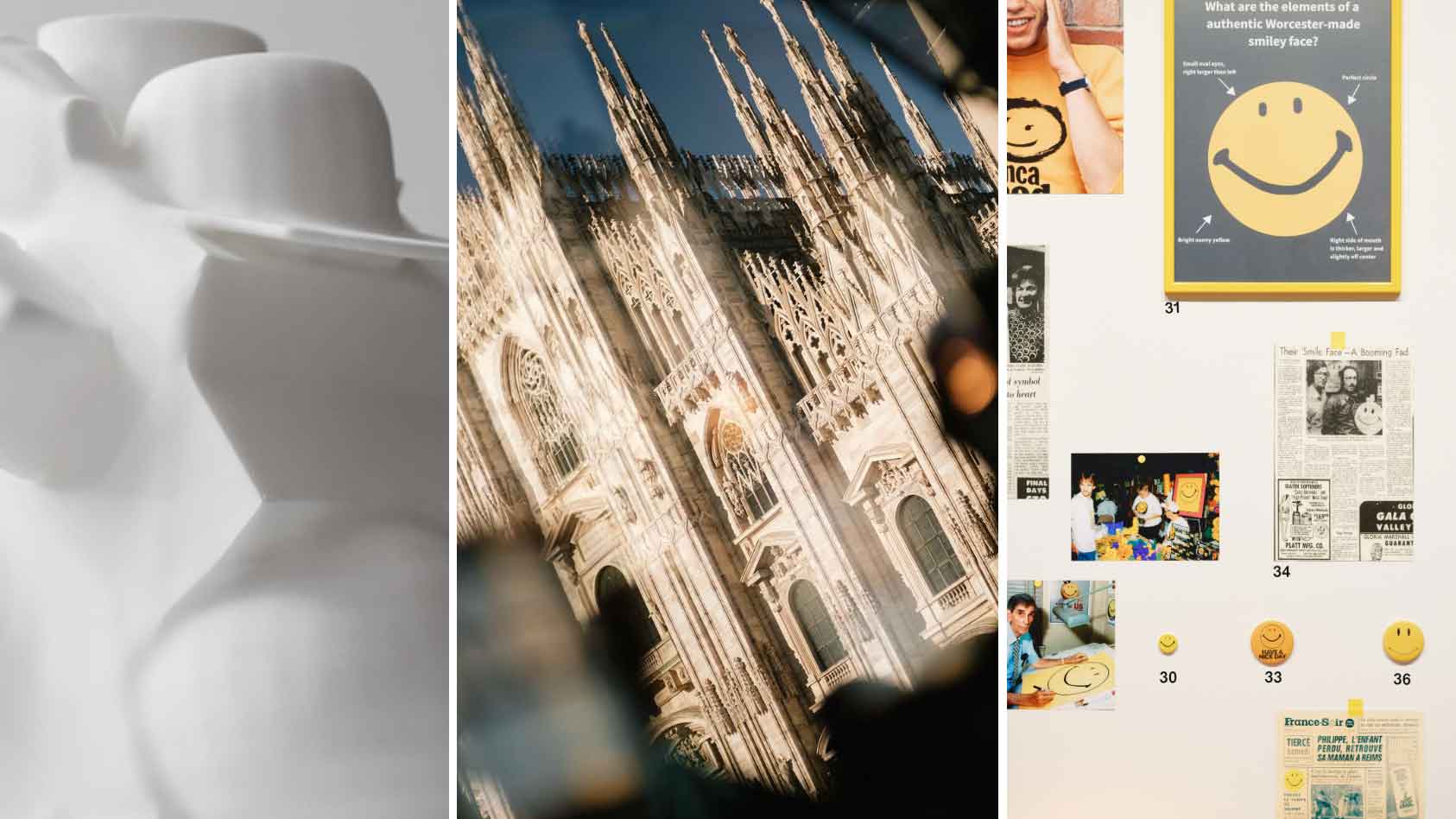 We asked six creative leaders to tell us their design predictions for the year ahead
We asked six creative leaders to tell us their design predictions for the year aheadWhat will be the trends shaping the design world in 2026? Six creative leaders share their creative predictions for next year, alongside some wise advice: be present, connect, embrace AI
-
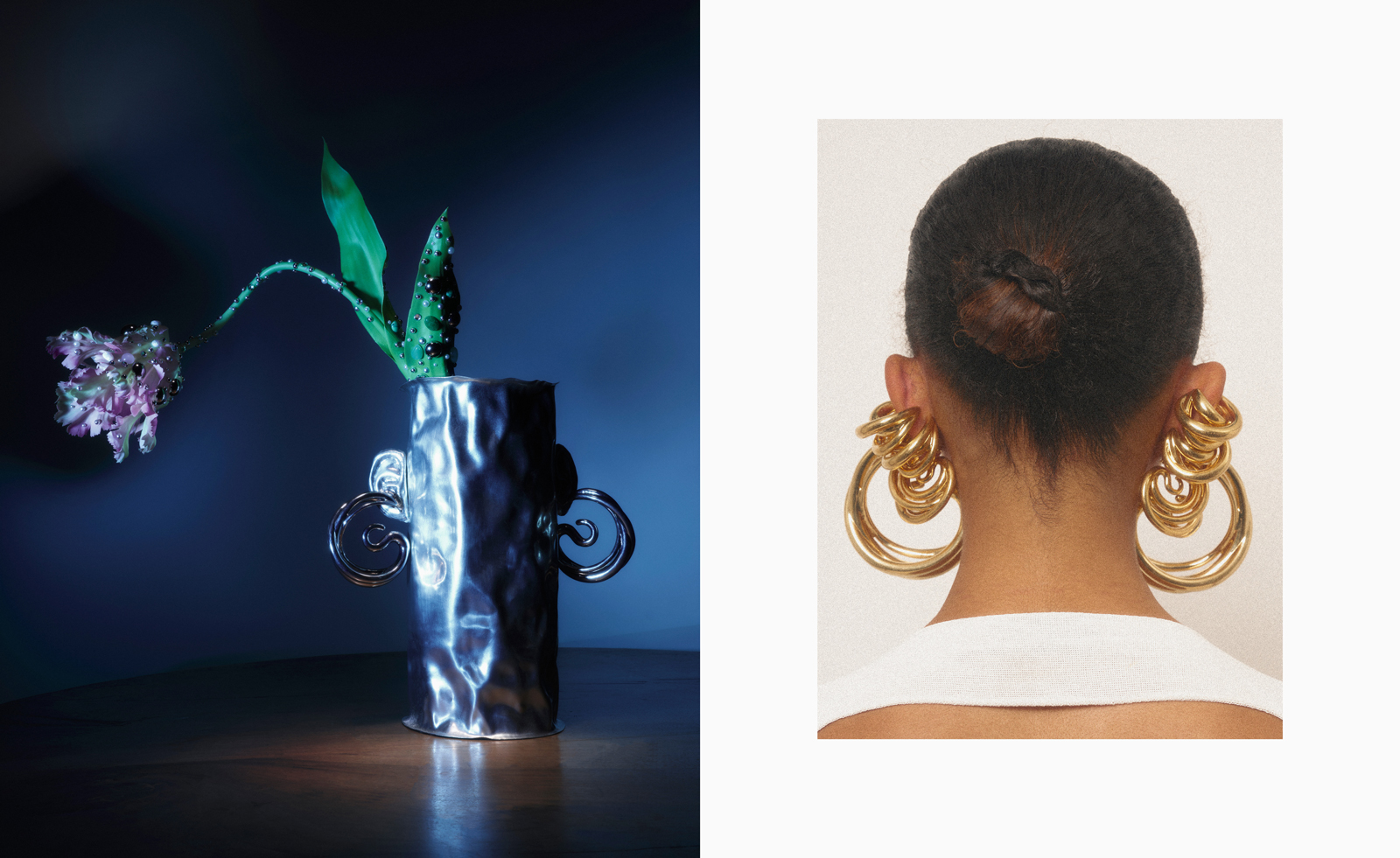 10 watch and jewellery moments that dazzled us in 2025
10 watch and jewellery moments that dazzled us in 2025From unexpected watch collaborations to eclectic materials and offbeat designs, here are the watch and jewellery moments we enjoyed this year
-
 A new photo book takes you behind the scenes of some of cinema's most beloved films, from 'Fargo' to 'Charlie's Angels'
A new photo book takes you behind the scenes of some of cinema's most beloved films, from 'Fargo' to 'Charlie's Angels'Set decorator Lauri Gaffin captures Hollywood's quieter moments in an arresting new book
-
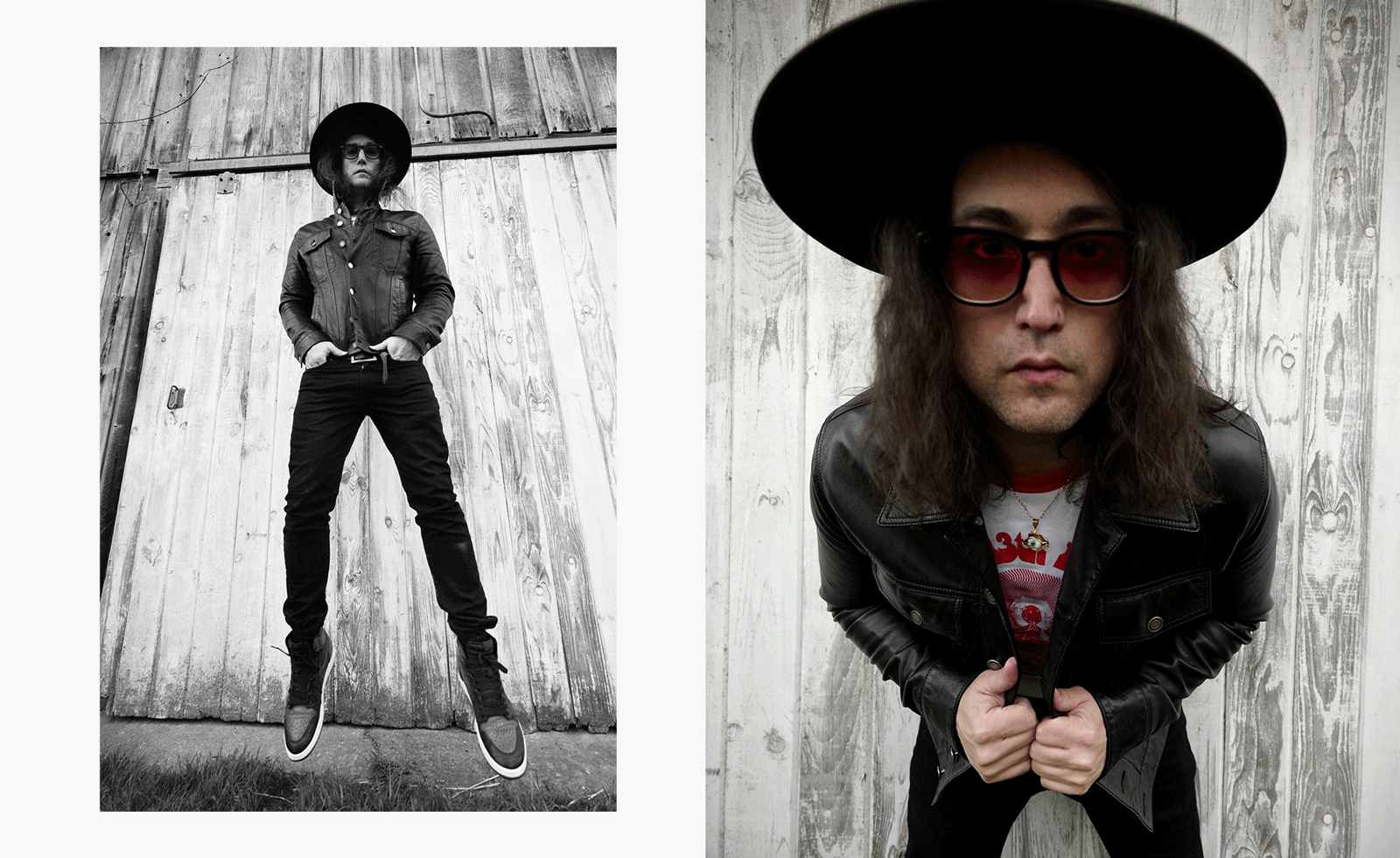 Sean Ono Lennon debuts music video for ‘Happy Xmas (War Is Over)’
Sean Ono Lennon debuts music video for ‘Happy Xmas (War Is Over)’The 11-minute feature, ‘War is Over!’, has launched online; watch it here and read our interview with Sean Ono Lennon, who aimed to make a music video ‘more interesting’
-
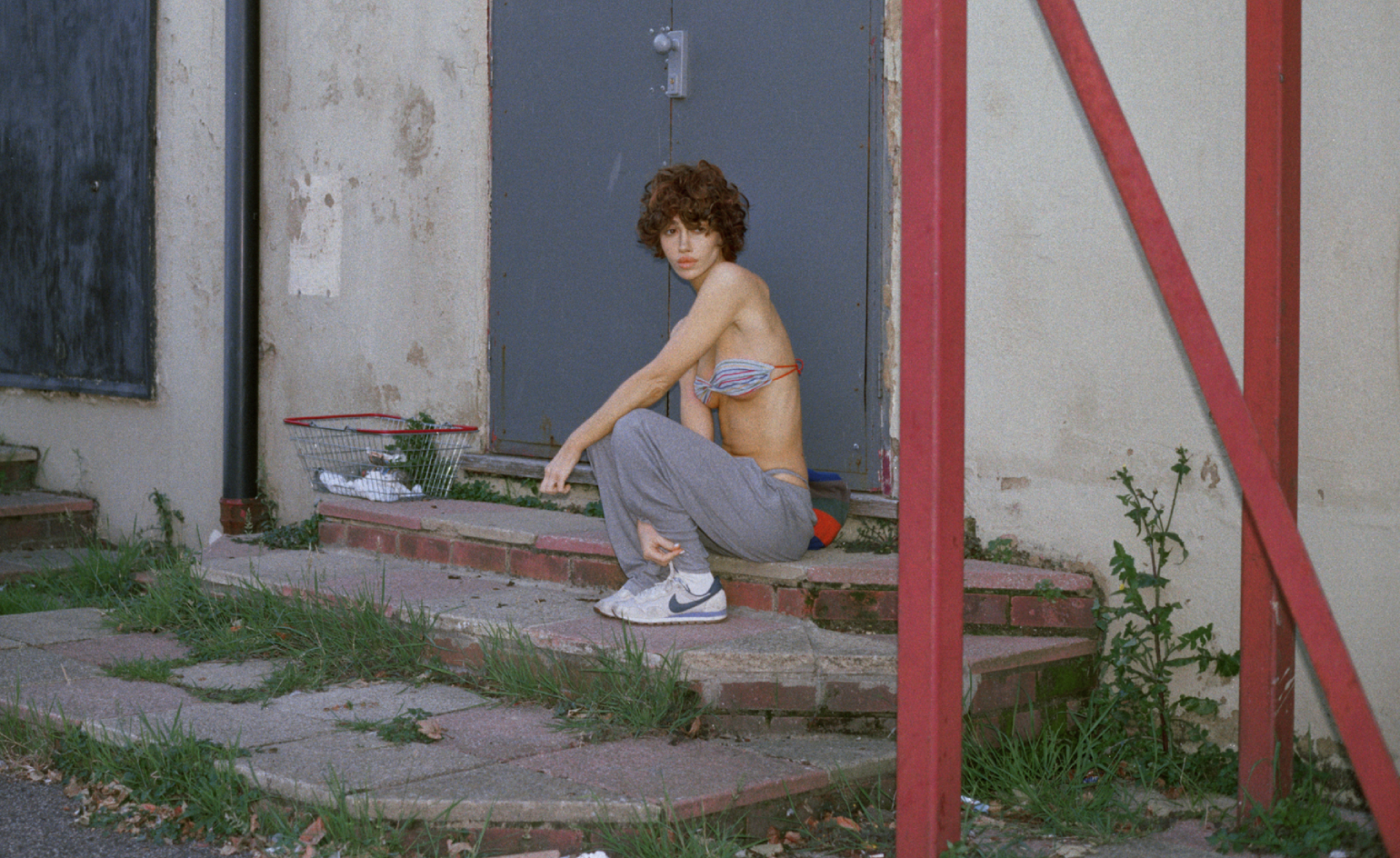 Nadia Lee Cohen distils a distant American memory into an unflinching new photo book
Nadia Lee Cohen distils a distant American memory into an unflinching new photo book‘Holy Ohio’ documents the British photographer and filmmaker’s personal journey as she reconnects with distant family and her earliest American memories
-
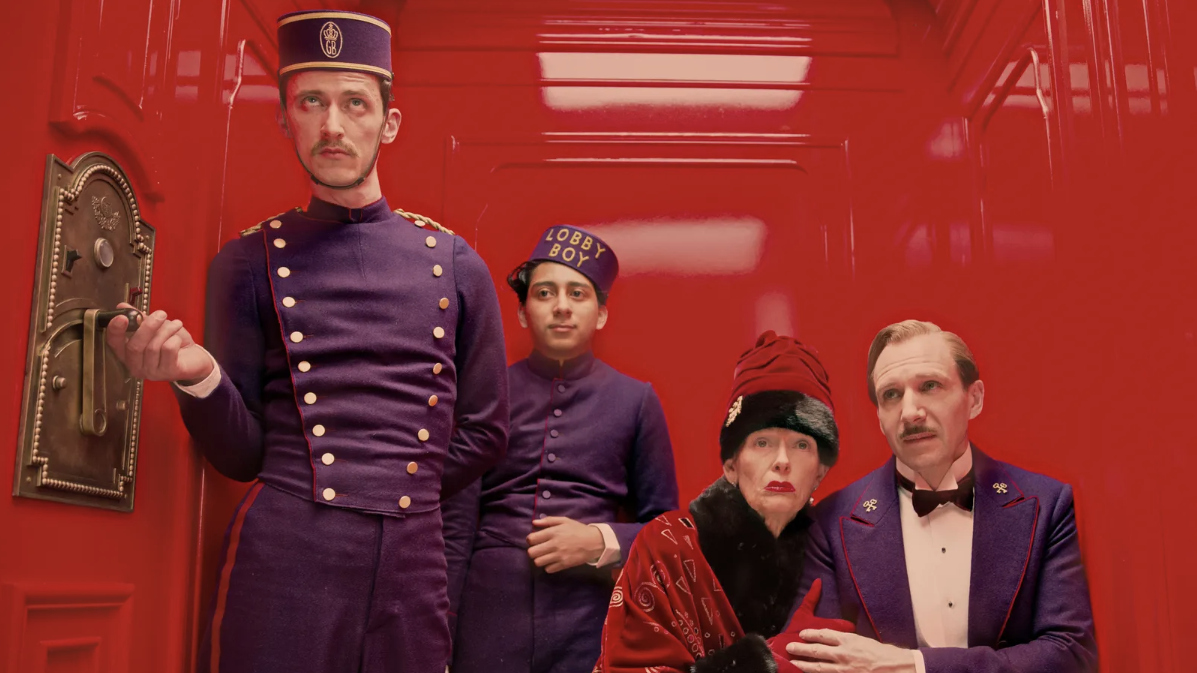 Wes Anderson at the Design Museum celebrates an obsessive attention to detail
Wes Anderson at the Design Museum celebrates an obsessive attention to detail‘Wes Anderson: The Archives’ pays tribute to the American film director’s career – expect props and puppets aplenty in this comprehensive London retrospective
-
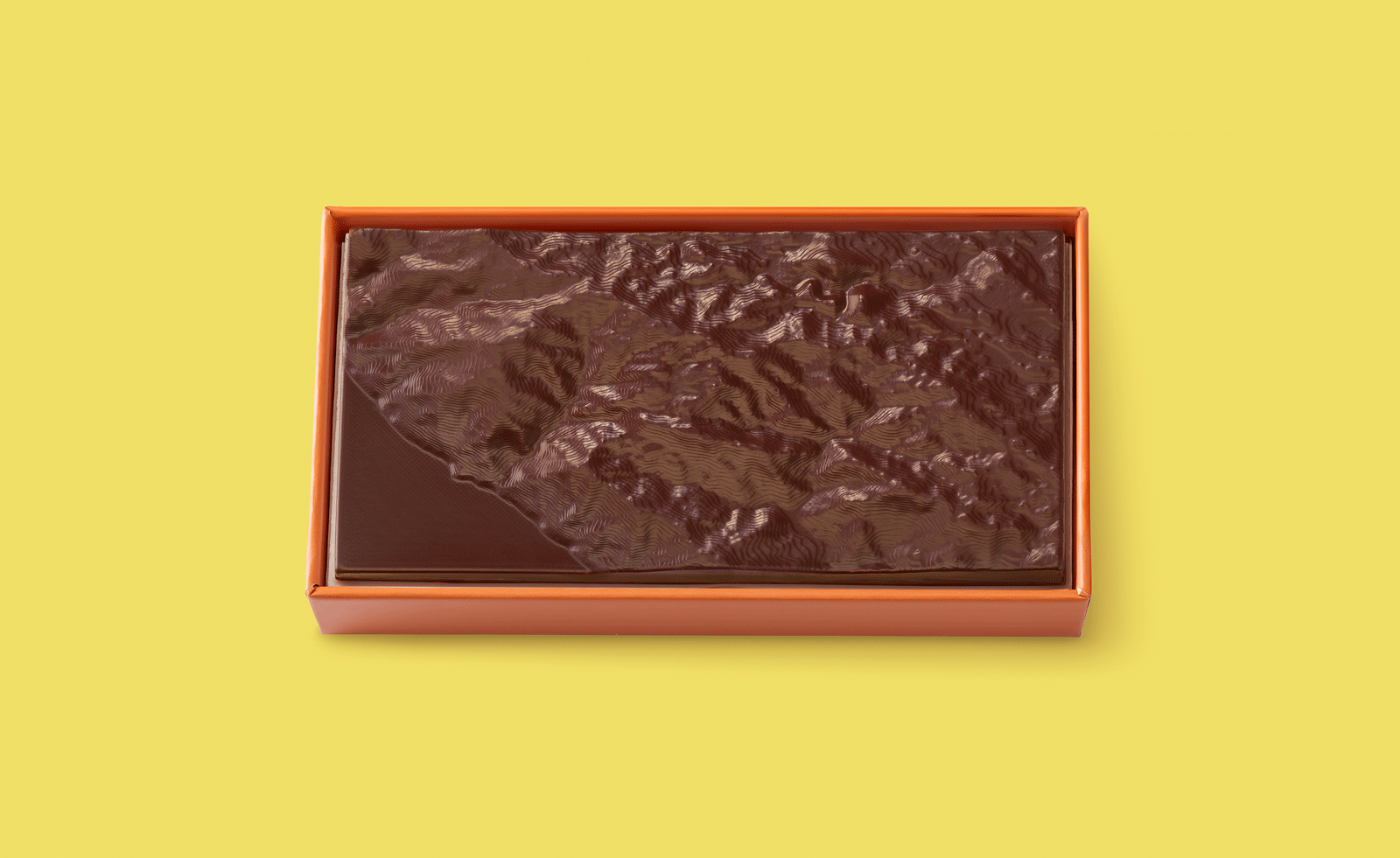 Ed Ruscha’s foray into chocolate is sweet, smart and very American
Ed Ruscha’s foray into chocolate is sweet, smart and very AmericanArt and chocolate combine deliciously in ‘Made in California’, a project from the artist with andSons Chocolatiers
-
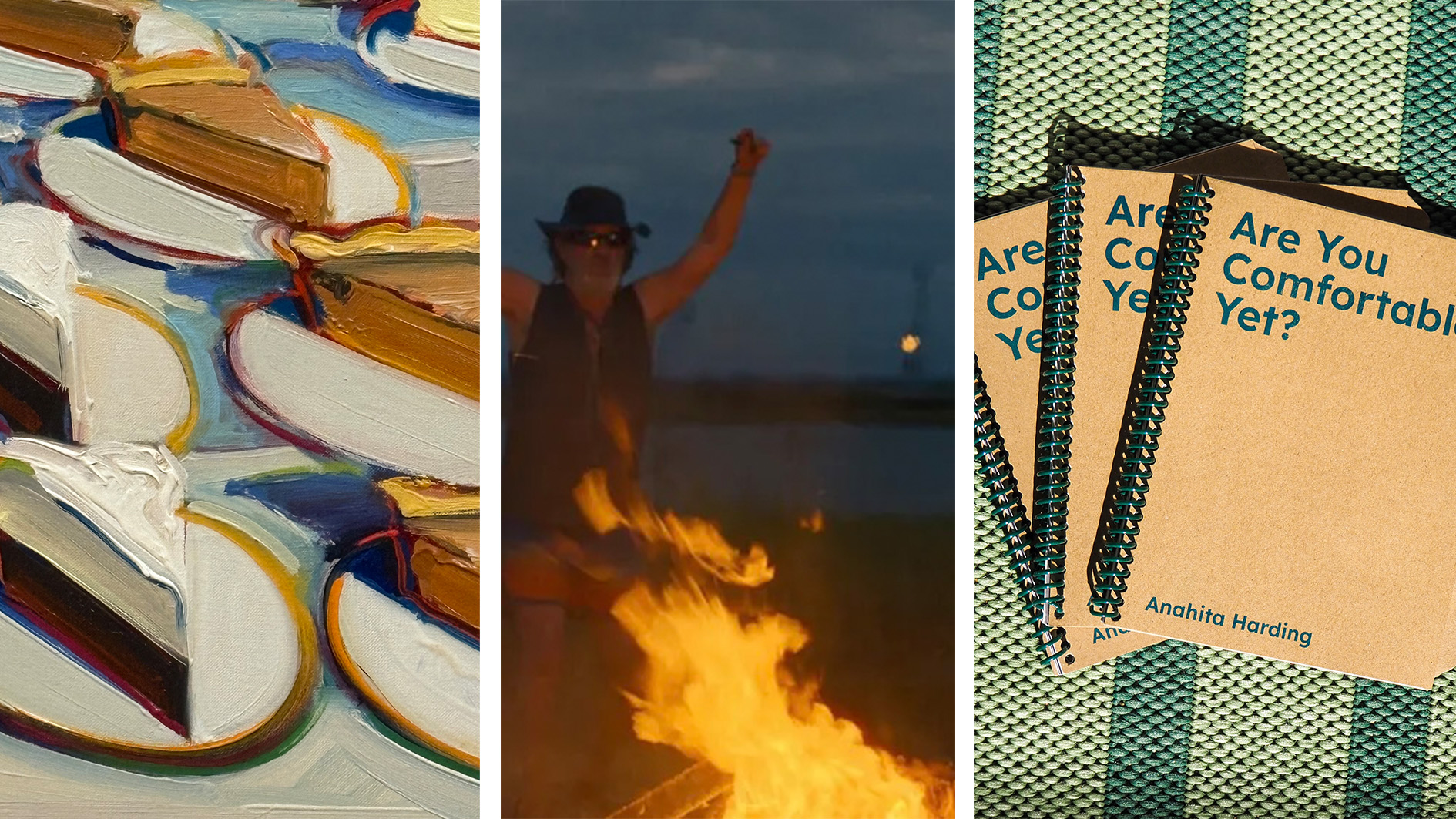 Out of office: the Wallpaper* editors’ picks of the week
Out of office: the Wallpaper* editors’ picks of the weekAs we approach Frieze, our editors have been trawling the capital's galleries. Elsewhere: a 'Wineglass' marathon, a must-see film, and a visit to a science museum
-
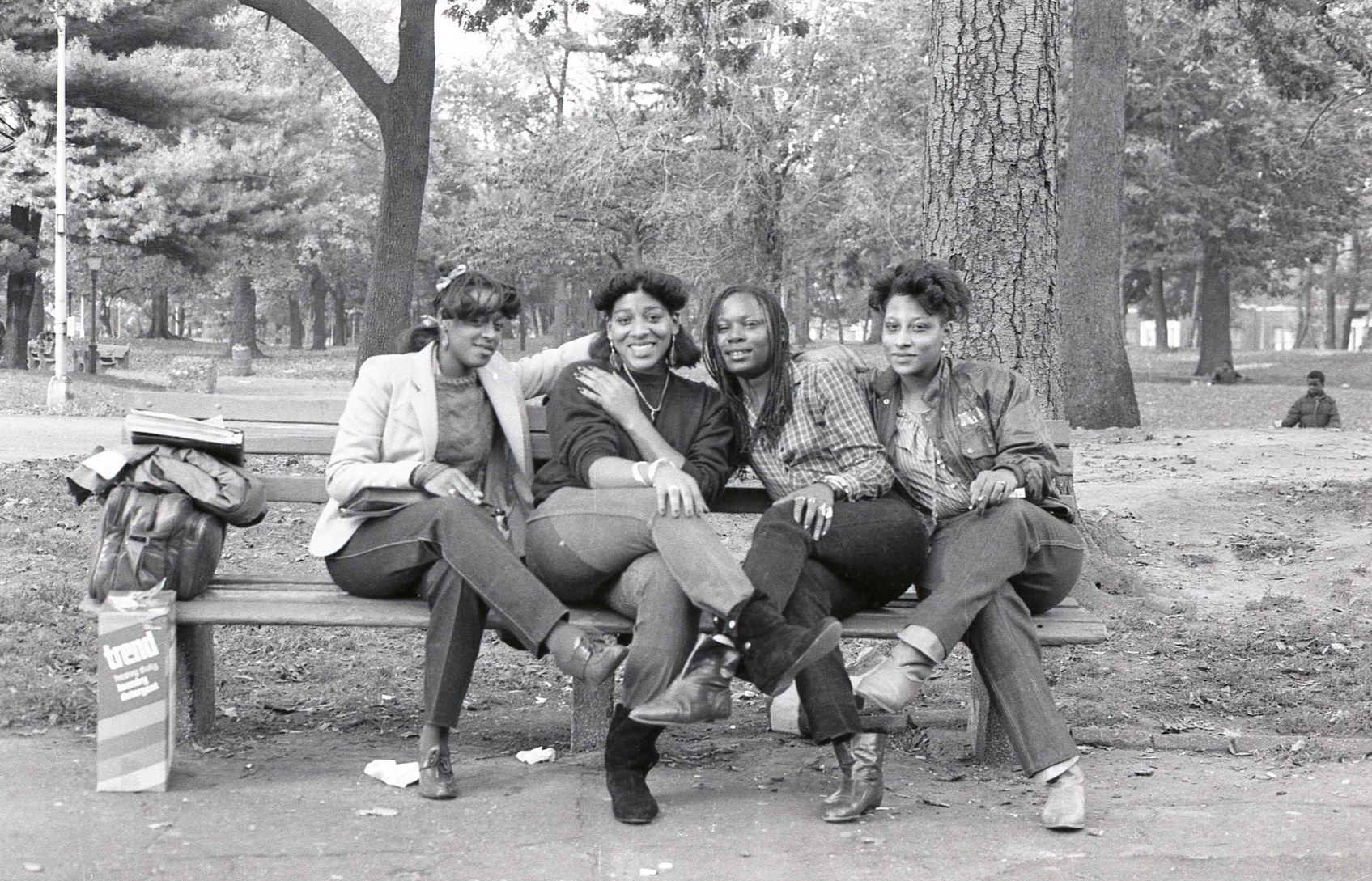 Jamel Shabazz’s photographs are a love letter to Prospect Park
Jamel Shabazz’s photographs are a love letter to Prospect ParkIn a new book, ‘Prospect Park: Photographs of a Brooklyn Oasis, 1980 to 2025’, Jamel Shabazz discovers a warmer side of human nature
-
 The Hammer Museum in Los Angeles launches the seventh iteration of its highly anticipated artist biennial
The Hammer Museum in Los Angeles launches the seventh iteration of its highly anticipated artist biennialOne of the gallery's flagship exhibitions, Made in LA showcases the breadth and depth of the city's contemporary art scene